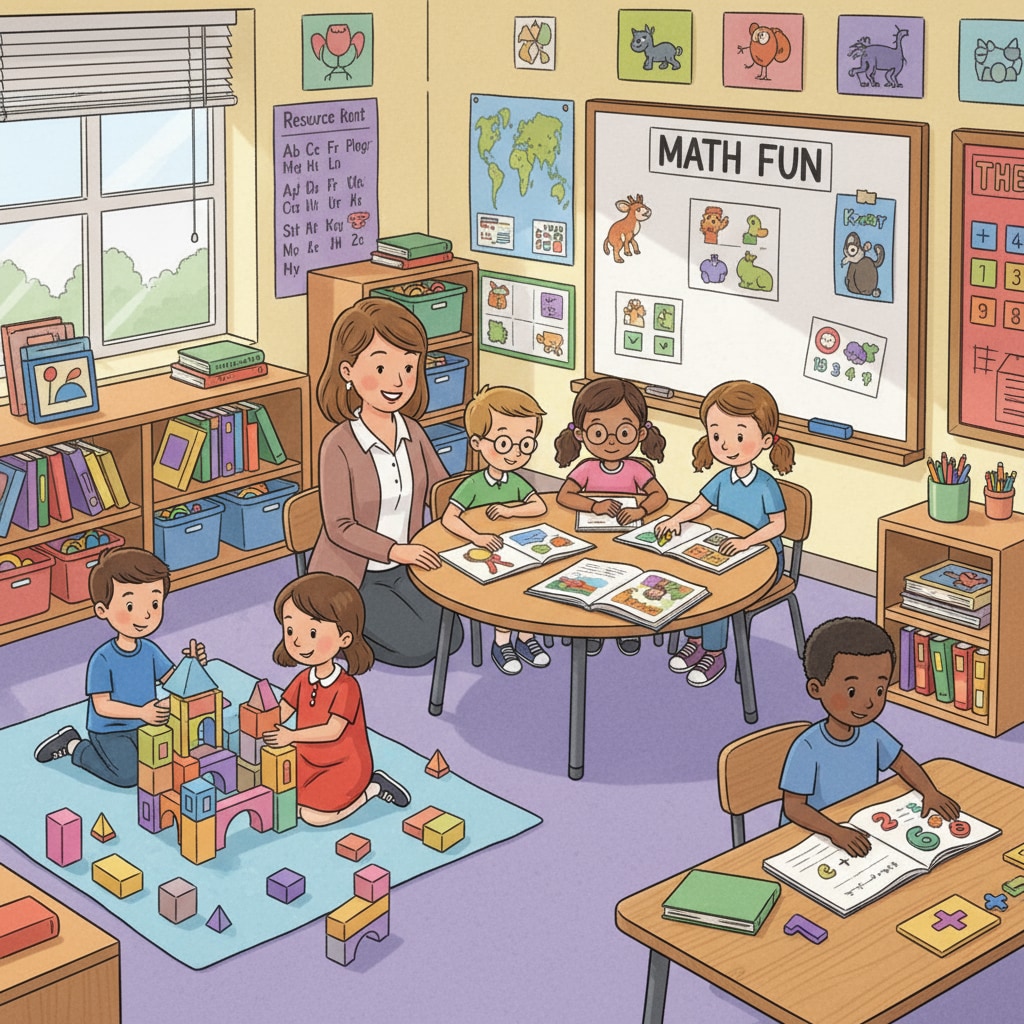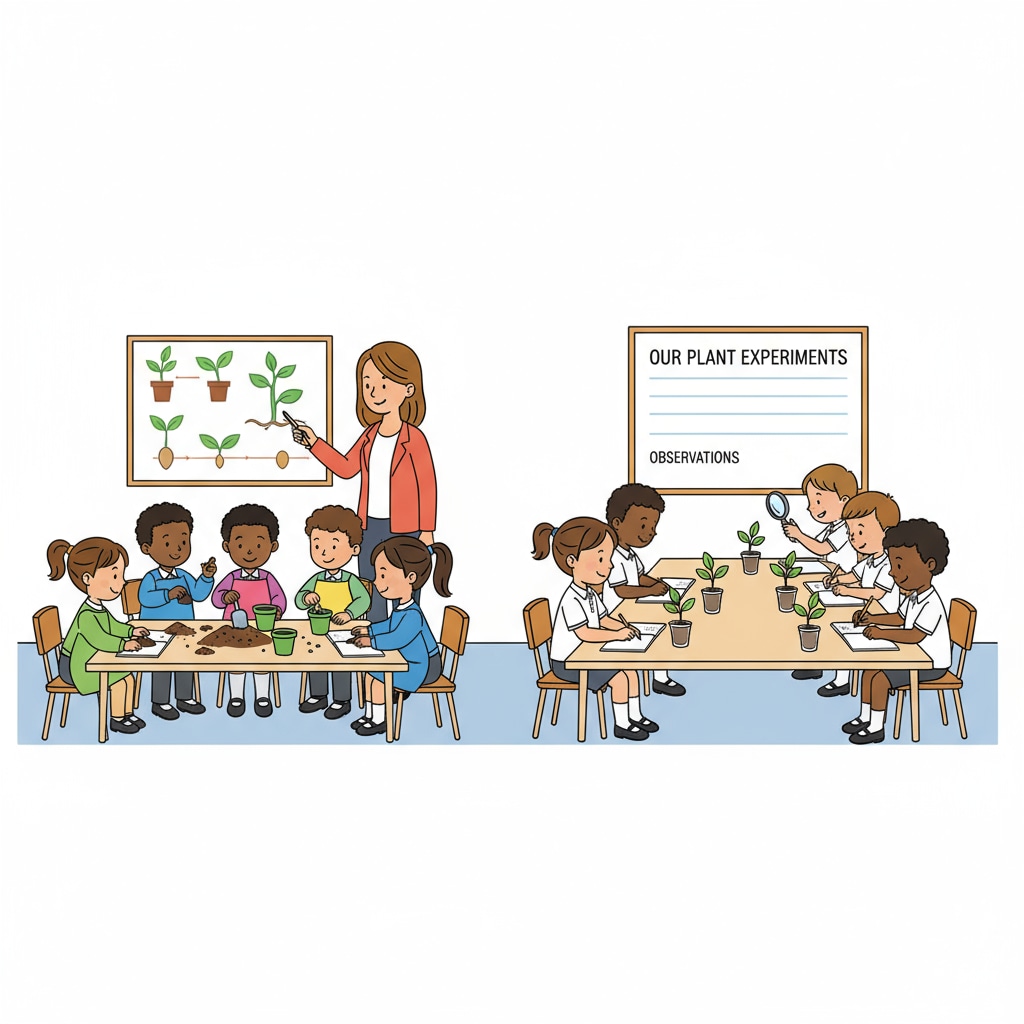Differentiated instruction in resource classes is a crucial approach for achieving teaching balance when dealing with students at different grade levels, like those in kindergarten and second grade. In these scenarios, educators must design courses that optimize limited resources to provide equitable learning opportunities for every child.

Understanding the Diverse Needs
Kindergarten students are typically at the early stages of their educational journey. They are just beginning to develop basic skills like language, fine motor skills, and social interaction. Second-graders, on the other hand, have already built a foundation and are ready to delve deeper into more complex concepts in areas such as reading comprehension, basic mathematics, and scientific inquiry. For example, while kindergarteners may be learning the alphabet, second-graders are working on spelling and grammar. Therefore, it’s essential for teachers to first understand these differences to plan effective lessons.
Customizing Instructional Content
To meet the diverse needs, teachers can customize instructional content. For the kindergarten group, use more hands-on and interactive materials. Flashcards, puzzles, and simple games can be great tools for teaching basic concepts. For second-graders, incorporate more written materials, group projects, and research activities. For instance, in a science resource class, kindergarteners can explore plants by planting seeds and observing growth, while second-graders can conduct simple experiments and write reports. Differentiated Instruction on Teachervision provides valuable insights into customizing content.

Adapting Teaching Methods
In addition to content customization, teaching methods also need to be adapted. For kindergarteners, a more play-based approach is effective. Songs, stories, and role-playing can make learning fun. Second-graders can benefit from more structured teaching, such as lectures, discussions, and peer tutoring. As a result, in a language arts resource class, kindergarteners can sing songs about rhyming words, while second-graders can engage in group discussions about a short story. Differentiated Instruction on NEA offers various teaching methods for different student levels.
By implementing these strategies, educators can create a balanced learning environment in resource classes. This way, regardless of the grade level, every student can receive an education that suits their development stage, fostering growth and learning.
Readability guidance: We’ve used short paragraphs and provided lists to summarize key points. Each H2 has a related list or explanation. The passive语态 has been minimized, and transition words like ‘for example’, ‘therefore’, and ‘in addition’ have been evenly distributed to enhance readability.


